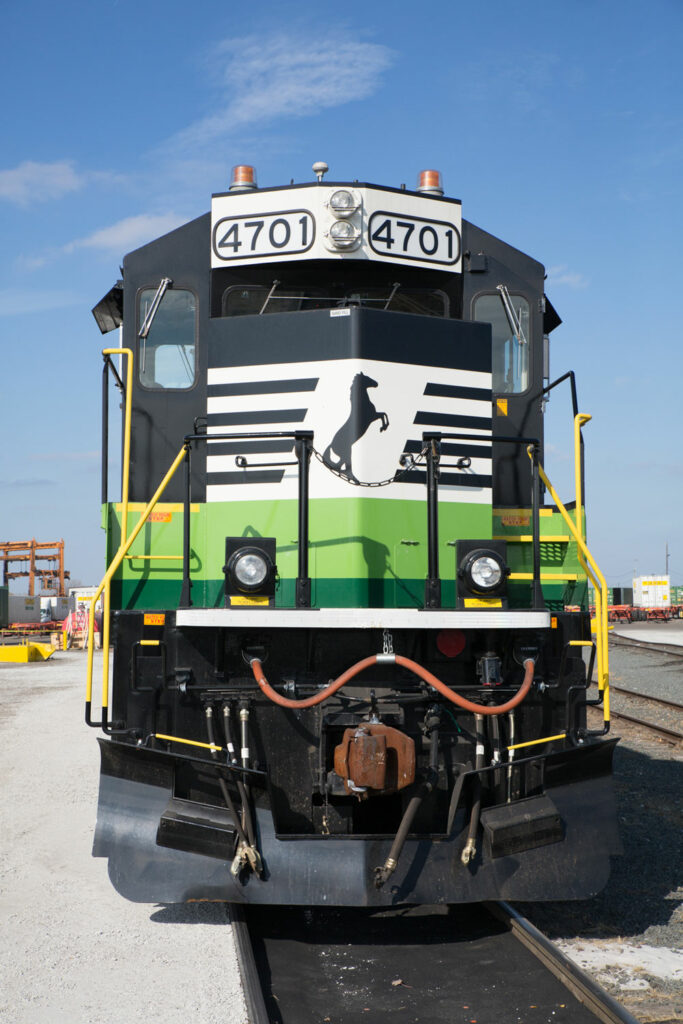
In the railroad industry, different locomotive models and manufacturers can be found in any train consist operating in different directions from one another. The ability to achieve this is due to a set of uniform standards for both pneumatic and electrical connections adopted by all manufacturers and can be found on almost all freight and passenger locomotives in North America. Electrically, a 27-pin multiple-unit cable is used. The standard spells out what each receptacle point on the 27-pin cable is used for. Not all wires in the cable are used, with many assigned as “spares” to allow additional options between locomotives from different railroads as needed.
The second part of connecting locomotives is pneumatic. On either side of the coupler, there are two duplicate sets of three hoses. While only one side needs to be connected to operate the locomotive consist, both can be connected without issue. One set interconnects the main reservoirs, the second connects the independent brake, which are the locomotive brakes, while the third connects actuating reservoirs. This actuation reservoir allows the engineer to release the locomotive brakes following a brake application on the freight cars.
Inside the cab of the trailing locomotives, various handles and selector switches have to be set properly to enable the engineer to control the entire group of locomotives from the lead locomotive.
While this is the minimum number of connections needed to successfully connect two or more locomotives, additional hoses and electrical cables can be added for more specialized purposes. This can be found on passenger locomotives, freight locomotives with unpowered locomotives connected to them for additional traction, or freight locomotives equipped for special service such as connecting to snow plowing equipment. The standards among locomotive connections offers much flexibility for railroads to tackle whatever comes their way to satisfy customers’ needs.






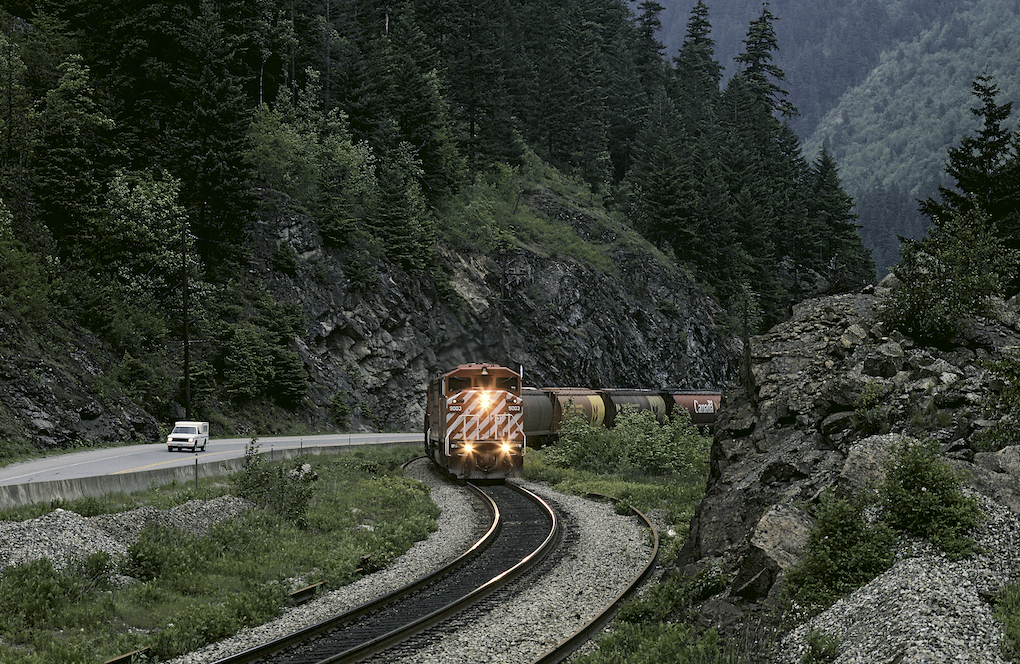
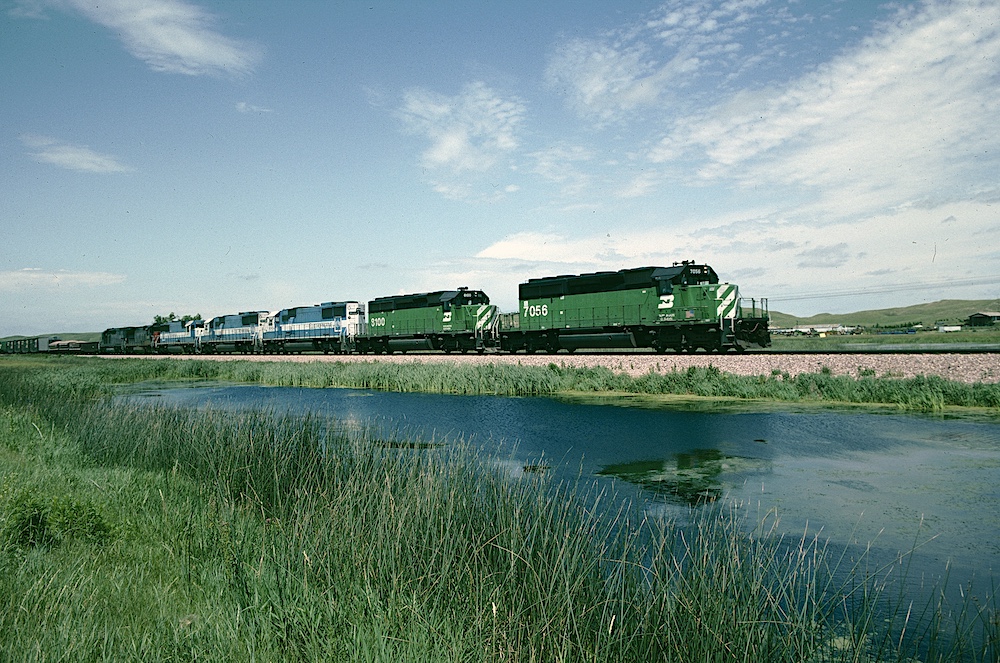
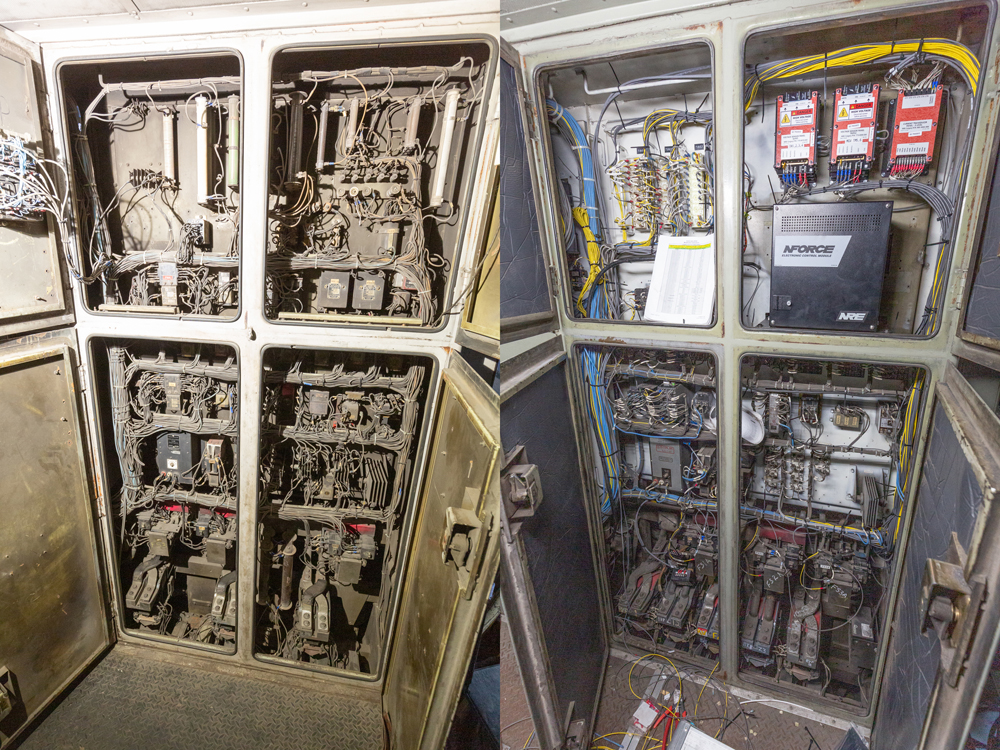
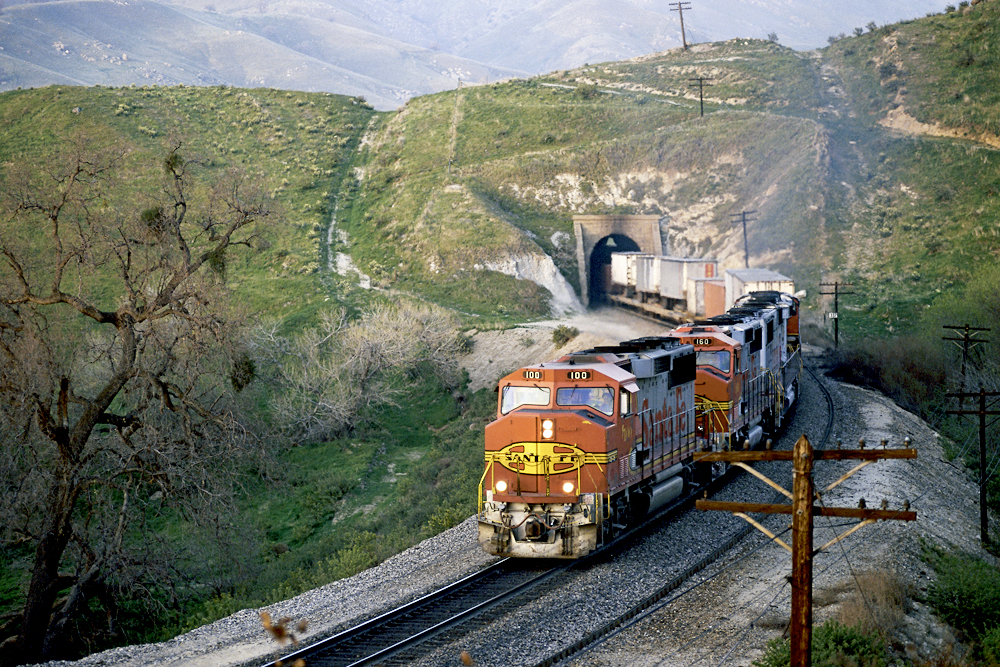




My question is ok you hook up 2 or 3 locomotives together back to back to back then hook ups will be fine , but how does it work with a locomotive mid way thru the train or on the end when you only have the 1 hose hook up from a freight car , is their an adapter that has to be attached ???